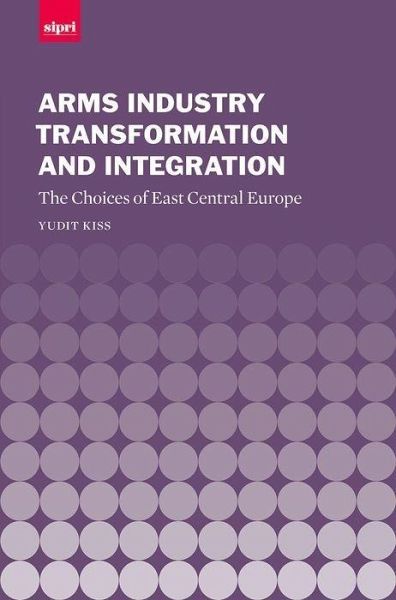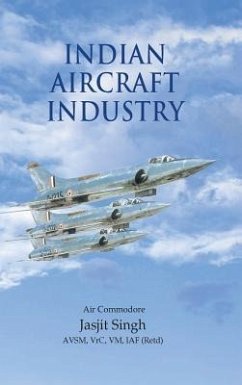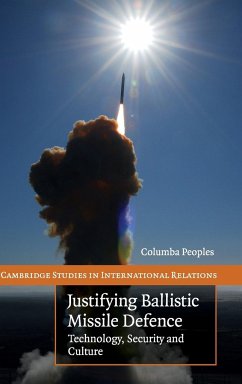Nicht lieferbar

Defence Industry Transformation and EU and NATO Enlargement
The Choices of Central Europe
Versandkostenfrei!
Nicht lieferbar
The defence industry was one of the pillars of the classic command economy system in Central Europe. Since the early 1990s the sector has gone through dramatic changes. This report describes how the defence industry adjusted to the changed political and economic environment in both the domestic and international context. The comparative analysis of the post-cold war experience of six Central European countries - Bulgaria, the Czech Republic, Hungary, Poland, Romania and Slovakia, which joined in the first two waves of enlargement - provides valuable lessons for other countries in their process...
The defence industry was one of the pillars of the classic command economy system in Central Europe. Since the early 1990s the sector has gone through dramatic changes. This report describes how the defence industry adjusted to the changed political and economic environment in both the domestic and international context. The comparative analysis of the post-cold war experience of six Central European countries - Bulgaria, the Czech Republic, Hungary, Poland, Romania and Slovakia, which joined in the first two waves of enlargement - provides valuable lessons for other countries in their processes of socio-economic transformation.













